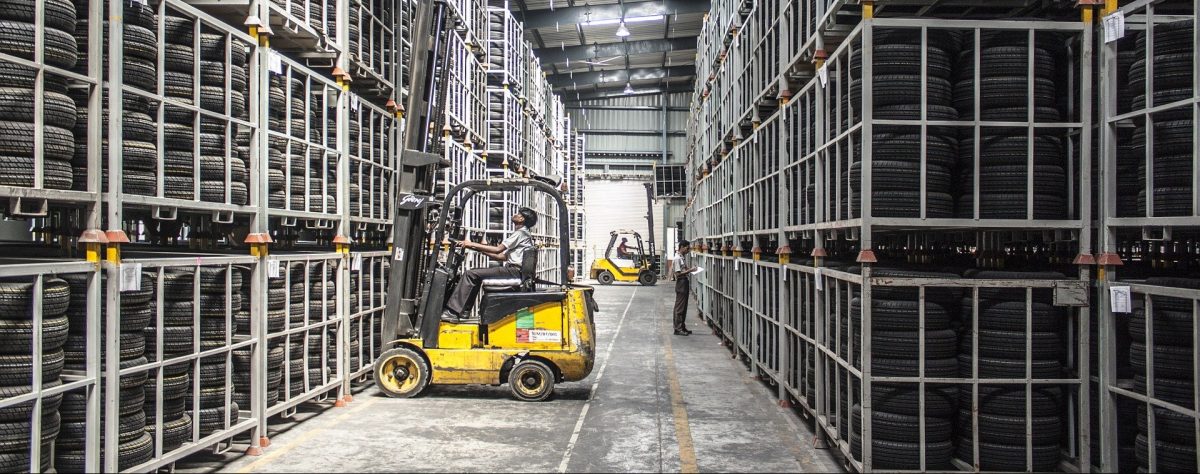Finding Strategic Advantage in People-Process Measurement
Finding Strategic Advantage in People-Process Measurement
By Gary Angel
|September 8, 2020

Legendary Oakland A’s GM Billy Beane popularized the notion of finding and exploiting market inefficiencies. It’s a powerful heuristic for finding strategic advantages and it can be applied to all sorts of situations: from hiring strategies to product opportunities to internal improvements. If you can find ways to do what’s undervalued or underused in the broad market, you can create real competitive advantage.
For a retailer trying to compete with Amazon or Walmart, hoping to out-automate or out-supply-chain them is like the Beane’s Oakland A’s trying to outspend the Yankees. It isn’t going to happen.
In today’s retail world, though, there is a huge and important area that nobody manages really well. That is ripe for improvement. And that Amazon and Walmart don’t already dominate. It’s people-processes.
Here at Digital Mortar we’ve focused a huge amount of effort and time on helping people measure the shopper experience in store. And that remains a great opportunity. In-store experience – particularly post-Covid – is undergoing massive disruption and it’s a time when bringing test & measurement discipline to your store merchandising can reap huge rewards.
But there’s an even less exploited opportunity to deploy many of these same technologies to improve operations at the store. With improvements in the past few years, the technology exists to provide detailed measurement of people-based processes. You can capture how processes get executed. How much variation there is in performance. Where processes break-down. Even where safe-distancing rules aren’t being followed.
The realities on the ground are stark. No matter how carefully you design your tasks and processes, you generally have little or no idea how well they are actually executed and how well they work. Sure, VoC feedback and high-level metrics can give you some insight into whether problems occur. But knowing what those problems are and how to solve them? Not so much.
To be able to do that, you need to be able to measure what actually happened on the floor or back-office. How many employees were engaged in a task. How long each step took. What happened when things got busy. What happened at break-time. Whether processes are getting executed the way they were designed. And whether or not the design breaks down when stressed or when specific operational situations arise.
In the old world, this kind of learning happened slowly, by word of mouth and anecdotal observation leading to tortuous and convoluted steps for improvement. People simply lacked the technology infrastructure to measure what people were actually doing. Today, that technology infrastructure exists and is surprisingly inexpensive to implement. It’s usually much cheaper to measure internal task execution than it is to measure shopper experience.
This kind of measurement enables a whole new operational cycle of test & measurement focused on people-based tasks. When you can see how behavior unfolds it makes identifying people-process problems much faster. And when you see, almost instantly, whether process changes led to the expected improvements, it makes actual improvement dramatically easier.
Given that labor is both a huge variable cost for the store and a potential strategic advantage, finding ways to optimize it just makes sense. But there’s more than basic operational improvement at stake here. Covid re-opening has put an enormous amount of stress of on store operations at a time when retailers simply can’t afford to deliver bad experiences. The ongoing digital shift has been accelerated by Covid and it leaves store operations with little or no room for error. You have to deliver seamless experiences in record time.
To get complex people-processes right quickly requires a fundamentally new approach to design, measurement and execution of those processes. An approach that relies on measurement at every step – from problem identification to potential solution to test and resolution.
To find out more about how Digital Mortar can help you measure and improve people-processes, click here.